Our team are working in Cuba to learn more about the globally endangered and evolutionarily distinct Cuban Solenodon. Threatened by habitat loss and introduced predators, we will harness the expertise of local rural communities by producing a written plan for the conservation of the species.
BACKGROUND
The Cuban solenodon (Atopogale cubana), known locally as the ‘almiquí’, is one of the most evolutionarily unique species on the planet. Along with the Hispaniolan solenodon (Solenodon paradoxus), they are the only surviving members of a mammalian lineage that can be traced back virtually unchanged to the Cretaceous period (145 to 66 million years ago). Recent estimates suggest that the group’s nearest closest relatives are the true shrews (Eulipotyphla).
Nocturnal and weighing about 1kg, they are difficult to study and have been declared extinct on numerous occasions. Recent discoveries of living specimens have given hope to the continued survival of the almiqui. However, systematic studies are needed to determine an understanding of their current population dynamics, natural history and ecology as well as the threats they may face in an ever-changing world.
Cuban solenodons along with the Desmarest’s hutia (Capromys pilorides), are two out of 13 remaining endemic land mammals of the Caribbean. Solenodons are approximately the size of a football and despite having the ability to climb, are mainly ground dwelling. They have a rougher and darker coat differing from their Hispaniolan cousins. A long, flexible snout with a supporting bone allows them to forage for invertebrate prey, although they lack the ball and socket joint which is characteristic of the Hispaniolan solenodon. One of the species’ unique traits includes their venomous saliva which is injected into prey through specially modified teeth. The name “solenodon” originates from the Greek word for “grooved teeth”.
They can run and climb quickly, however, have a clumsy gait which leaves them vulnerable to introduced predators such as feral dogs. Predation by introduced predators, as well as habitat loss, are the two main threats to the species. Due to a lack of systematic scientific research, the extent of these threats remains unknown hindering vital conservation action.
Studying the almiquí presents some unique challenges that our partnership hopes to overcome. This species may still be found in the pristine mountains of the Alejandro de Humboldt National Park. However, these areas are located at an altitude of 740 m above sea level and are extremely difficult to access. Our research team will need to carry everything they require for at least 20-30 days in the field, using pack animals since these areas are only accessible by foot. The team of researchers working to save this unique species not only have to face the difficulty of traversing the inaccessible terrain, they will also have to deal with limited resources including lab access to run samples which is only available in the capital, Havana.
PLANNED RESEARCH AND OUTCOMES
We plan to conduct a series of field surveys across the species’ range in the Alejandro de Humboldt National Park. The knowledge of local rural communities will be used to identify and increase our understanding of the threats facing almiquí throughout its last remaining stronghold.
By the end of our first year, we aim to test the feasibility of detecting the almiquí using different field methods including camera trapping, indirect field signs and the use of scent dogs. From this point we will decide our approach to studying the almiquí. Deciding on the most appropriate sampling techniques and survey design, we aim to map the distribution of the species throughout the Alejandro de Humboldt National Park. Finally, we will conduct a pilot study sampling across the suspected species’ range detecting almiquí presence or absence.
By the end of our third year, we aim to create a written plan for Cuban solenodon conservation by consolidating the findings of our research efforts from our first year. Next, we will prepare and pilot local ecological knowledge surveys, with the help from local communities, we will survey in at least three villages within or close to the Alejandro de Humboldt National Park to better understand the threats towards this species.
WHO ARE OUR PARTNERS?
Through a partnership with the IUCN Small Mammal Specialist Group, there are opportunities for collaborations with local biologists in Cuba. In Humboldt NP, Norvis Hernández from the Ministry of Sciences, Technology and Environment in Cuba will lead the fieldwork and has considerable expertise in the natural history of the study region. We are also partnering with Zoo New England, who have adopted the Cuban Solenodon Conservation Project as one of its new Conservation Partnerships, providing expertise and support for our fieldwork activities.
The SMSG core team have a wealth of experience working in the Caribbean, particularly on the sister species found on the island of Hispaniola. The Last Survivors project ran for several years researching the two remaining endemic non-flying mammals in neighbouring Haiti and the Dominican Republic. During the project activities ranged from developing survey methodology, understanding the genetic status and health of the populations, undertaking Local Ecological Knowledge surveys, all of which can be developed to study the Cuban species.
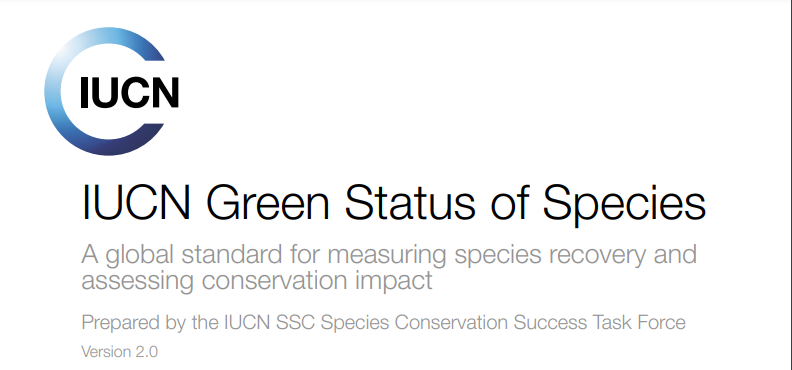
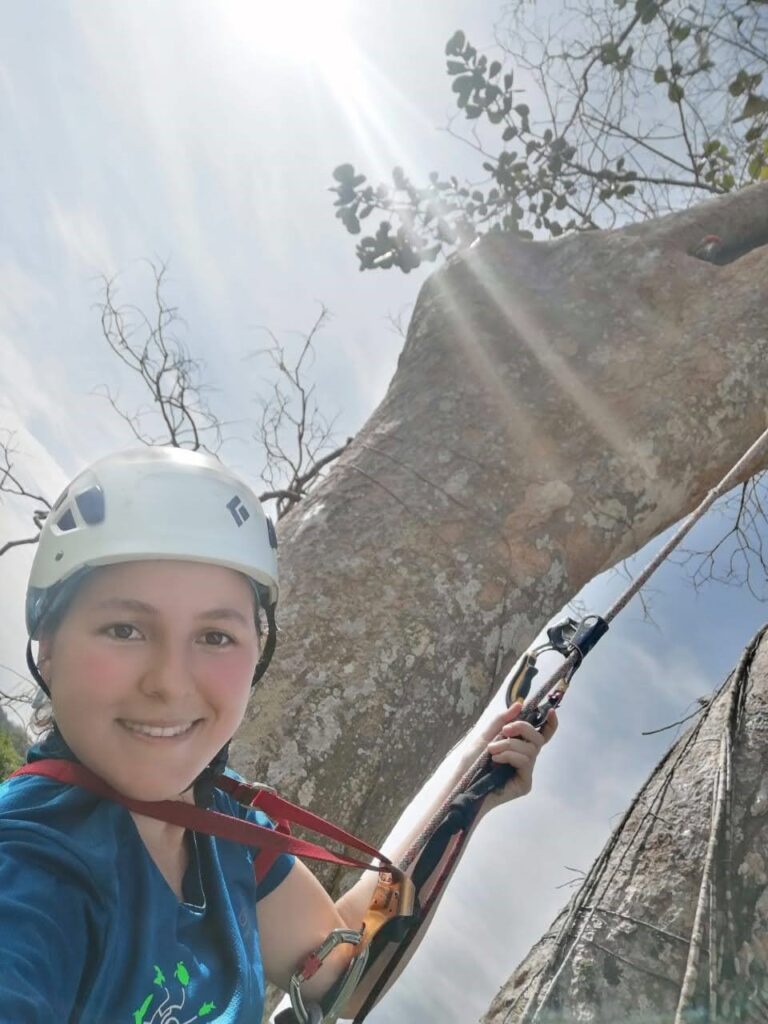 Joining this team is immensely exciting for me as it presents a chance to delve into the process of conducting assessments firsthand. It’s the perfect opportunity to apply the new framework I’ve learned about, which aims to quantify measures of species recovery and conservation success. As an early career conservation biologist, I’m particularly drawn to the Green Status’s focus on understanding how past conservation efforts have impacted species recovery and how current and future actions can contribute to their conservation with a comprehensive and ecologically functional approach. This opportunity will also give me the chance to interact with species specialists and learn about their conservation work on new species for me, which is really exciting!
Joining this team is immensely exciting for me as it presents a chance to delve into the process of conducting assessments firsthand. It’s the perfect opportunity to apply the new framework I’ve learned about, which aims to quantify measures of species recovery and conservation success. As an early career conservation biologist, I’m particularly drawn to the Green Status’s focus on understanding how past conservation efforts have impacted species recovery and how current and future actions can contribute to their conservation with a comprehensive and ecologically functional approach. This opportunity will also give me the chance to interact with species specialists and learn about their conservation work on new species for me, which is really exciting!
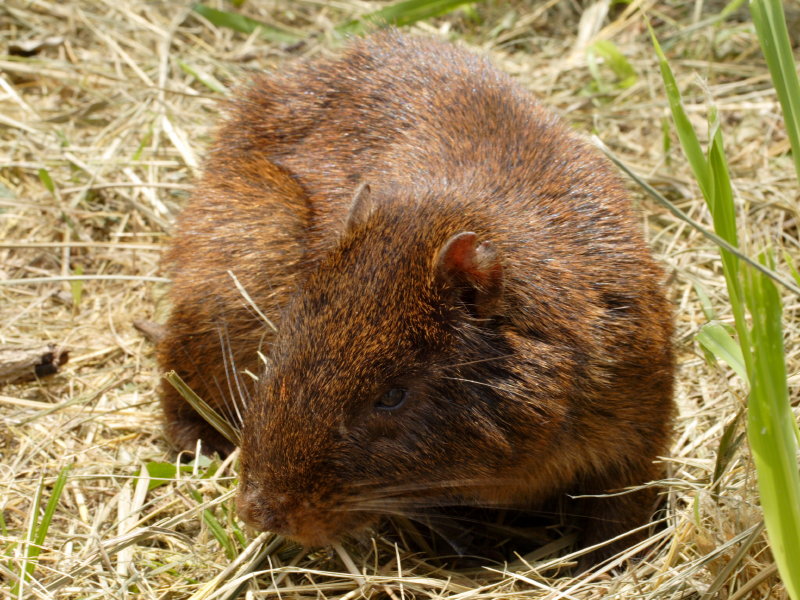


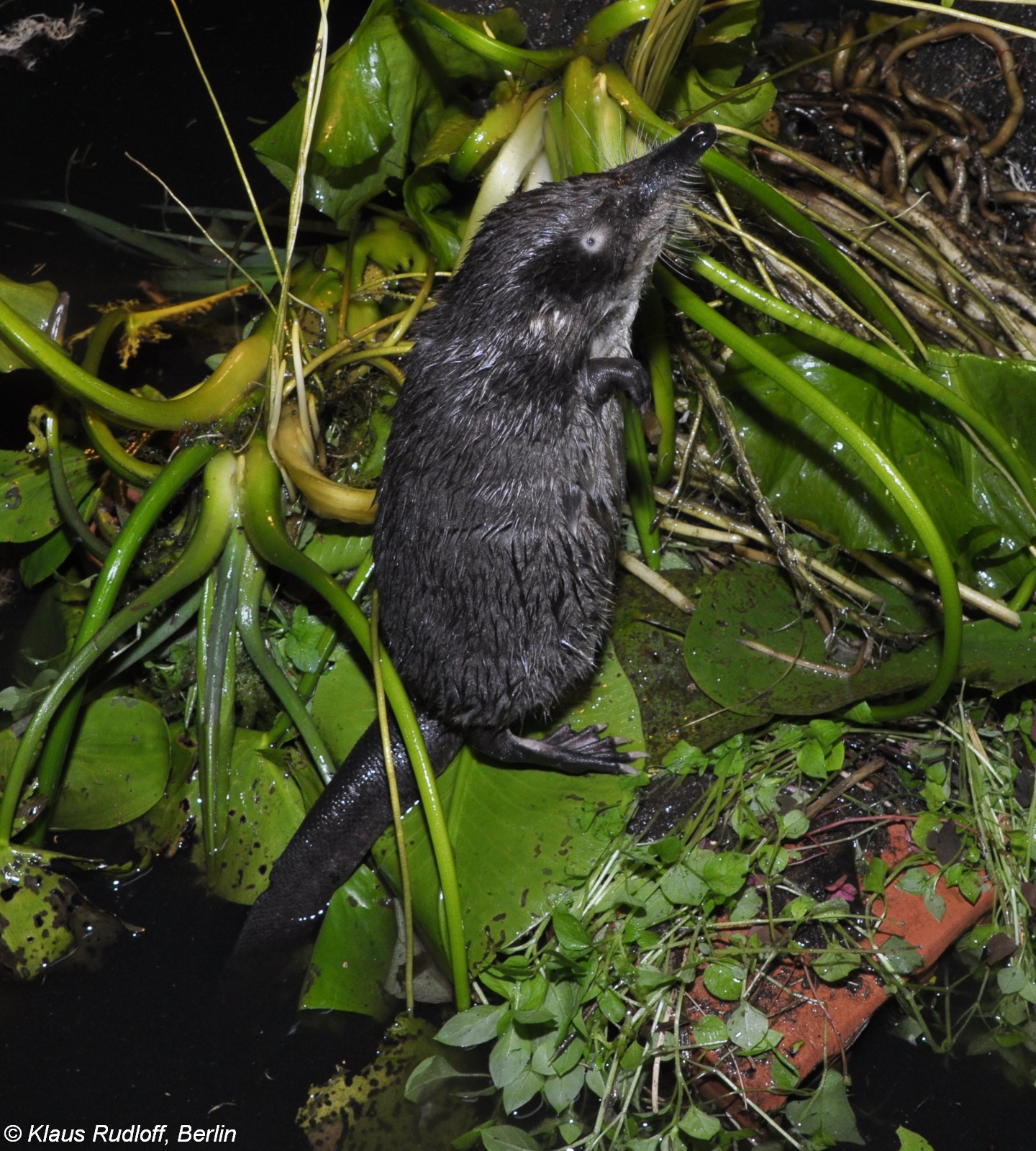
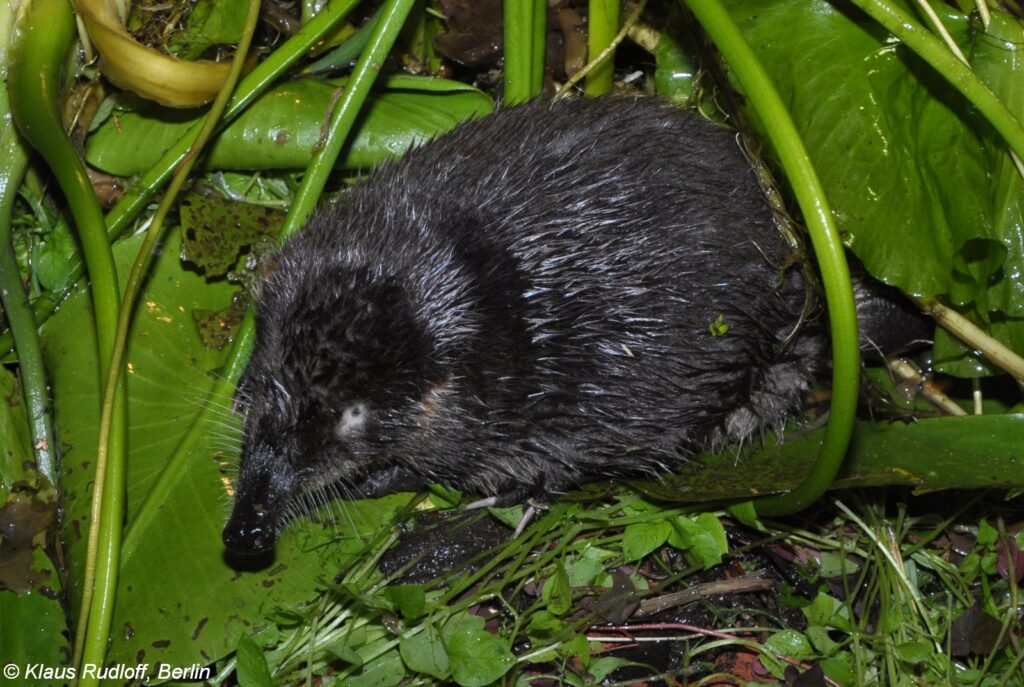
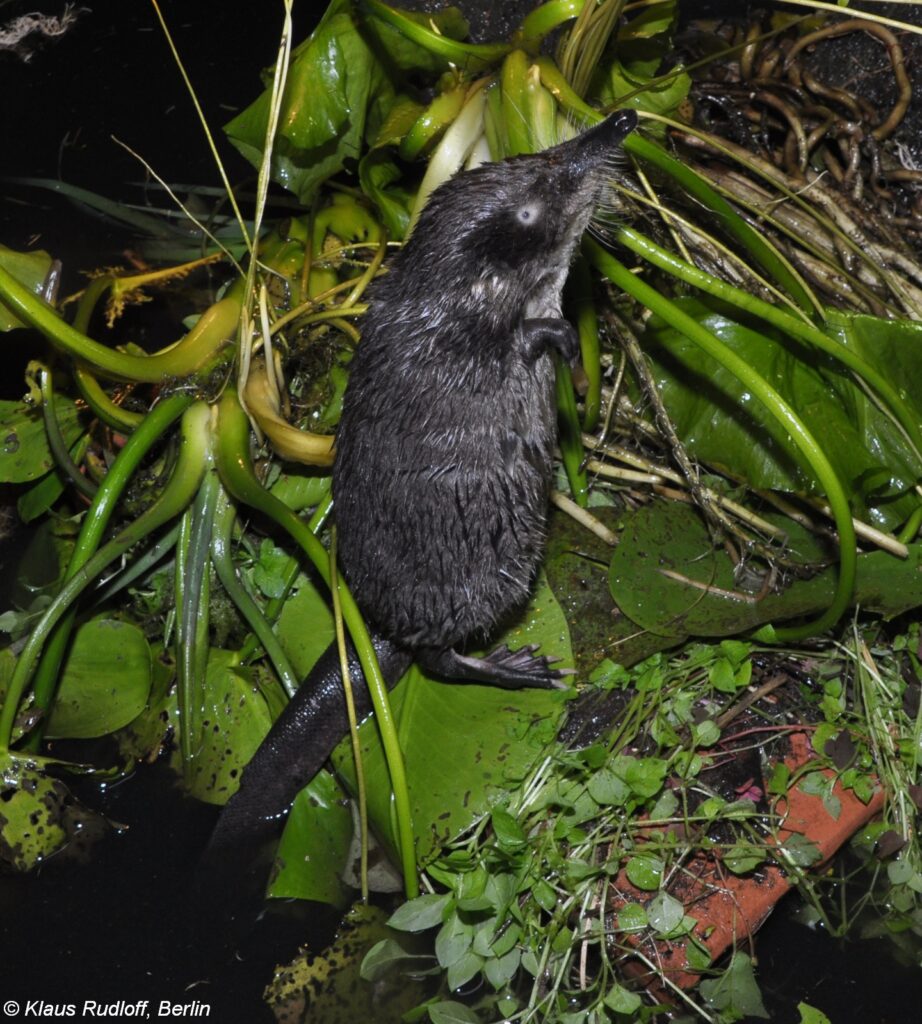
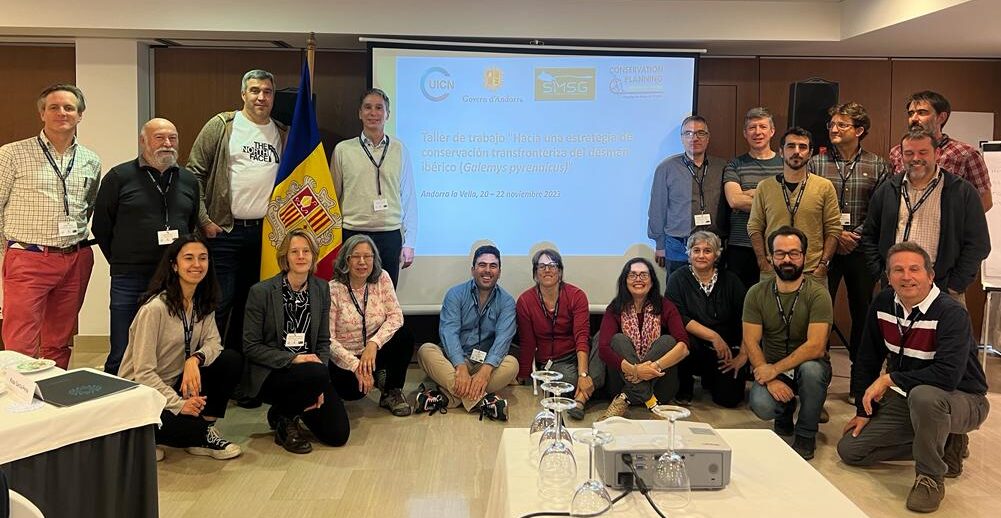
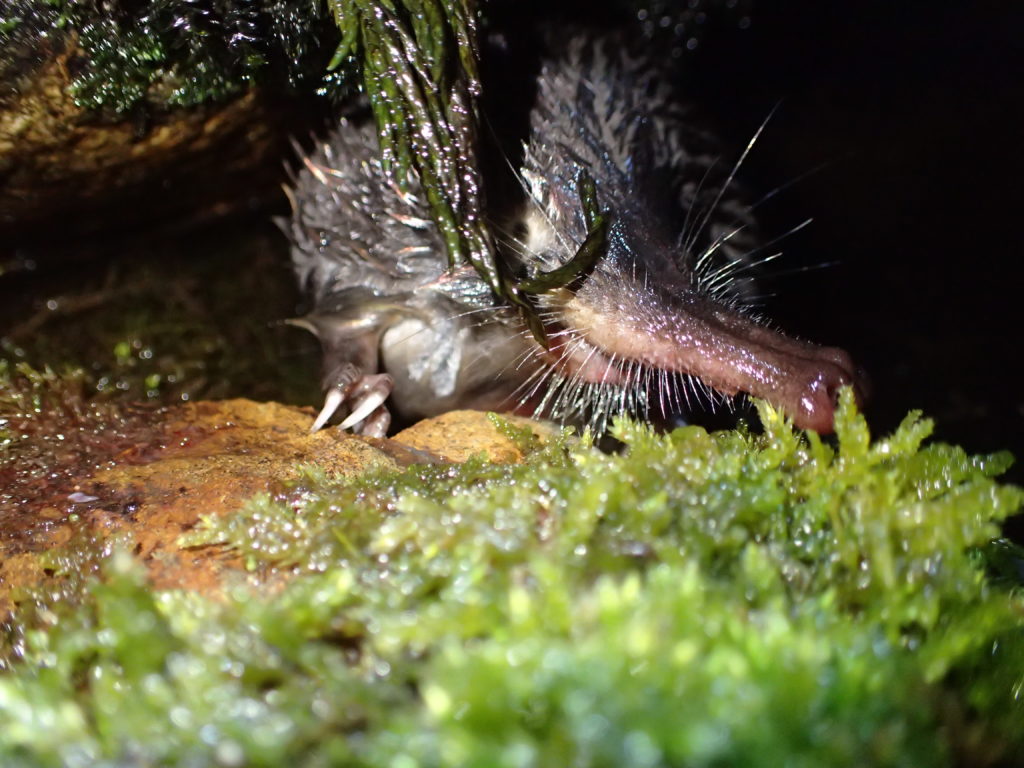
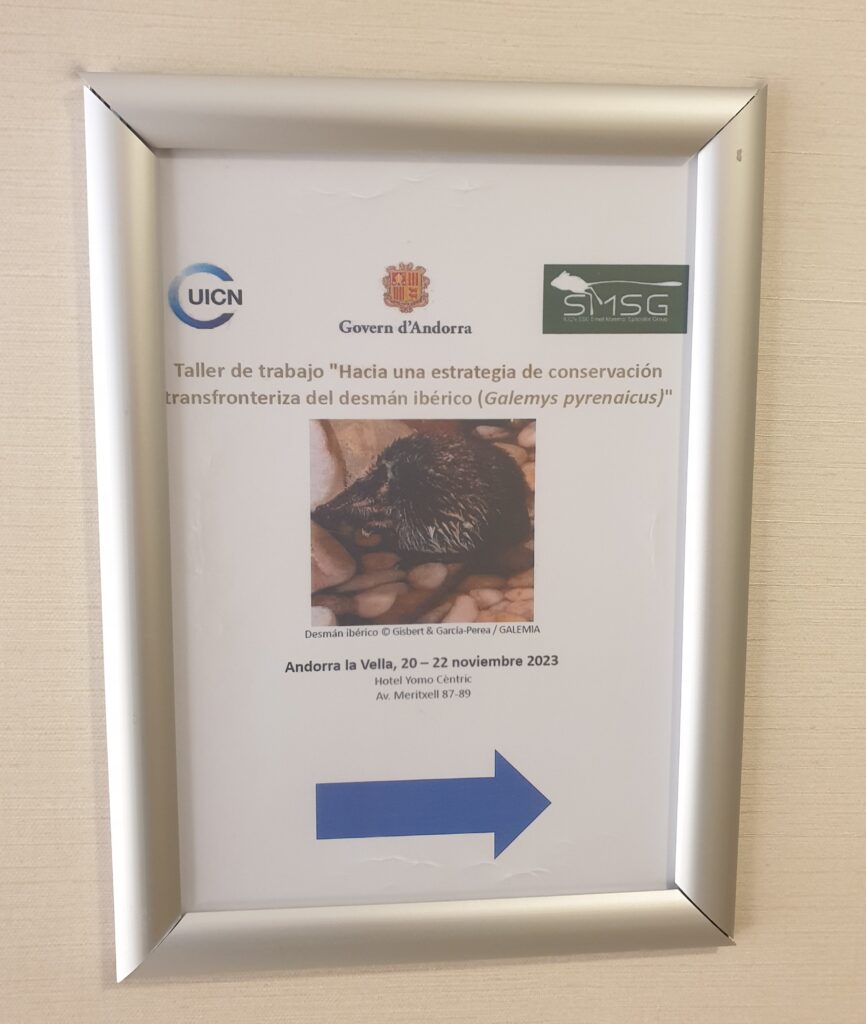
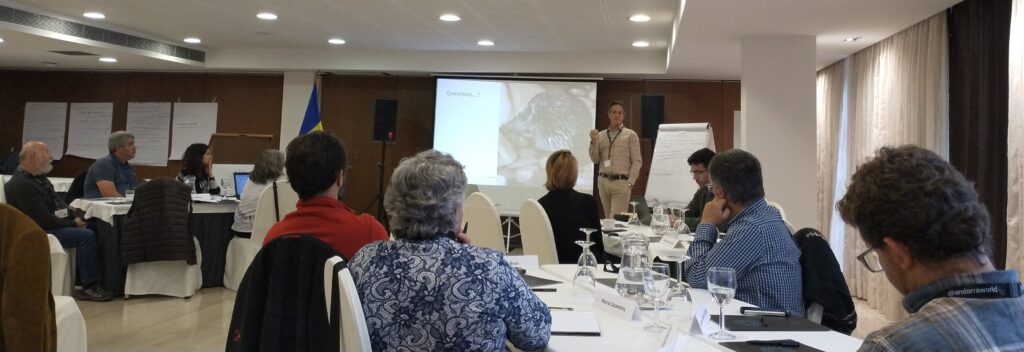
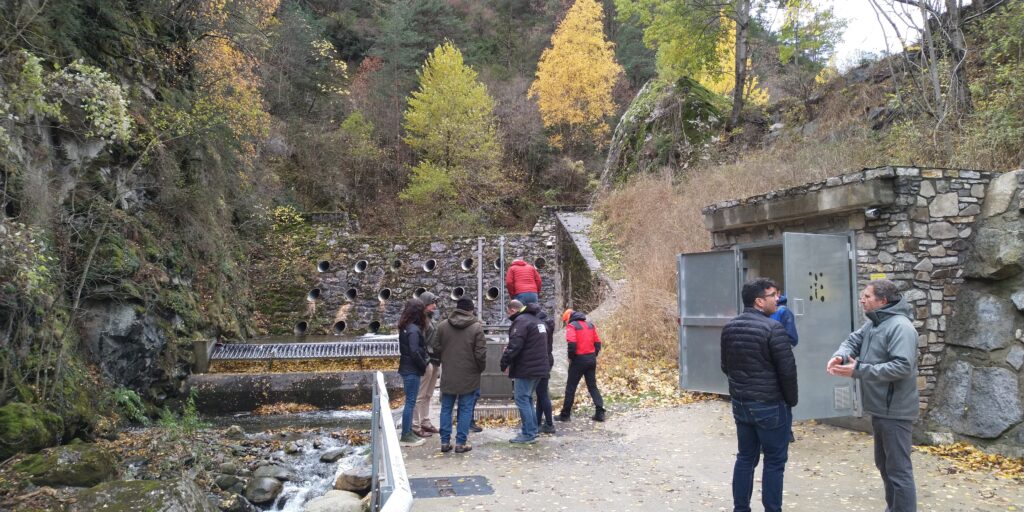
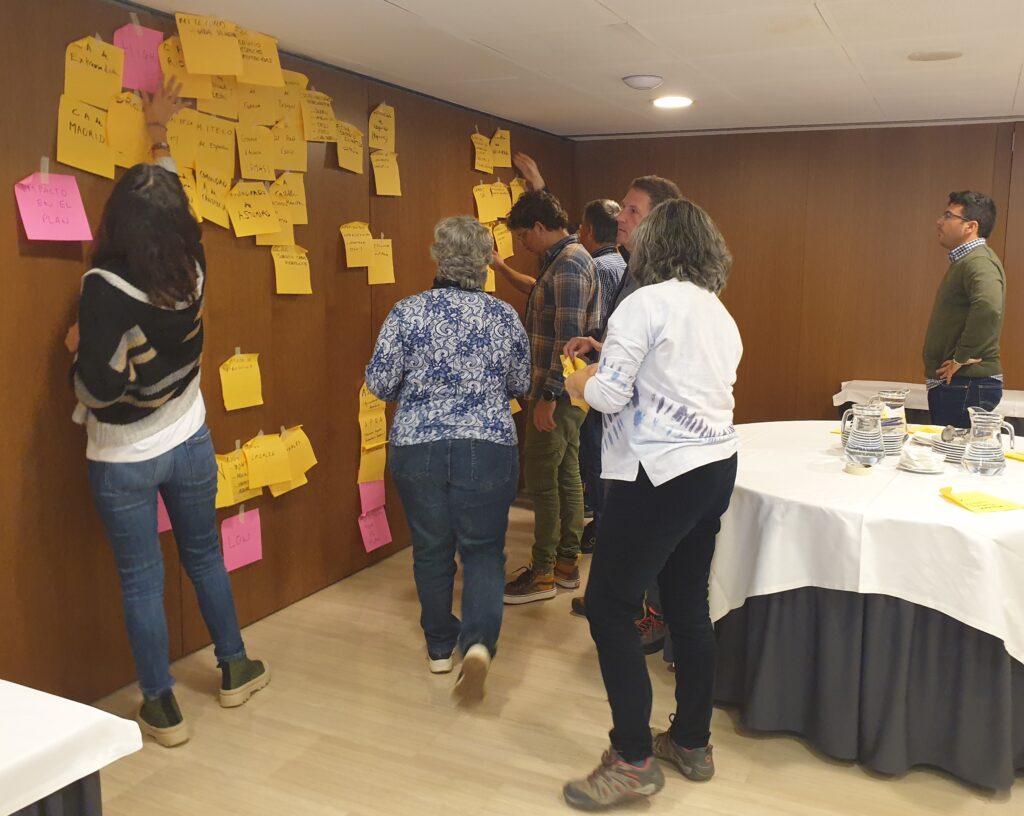
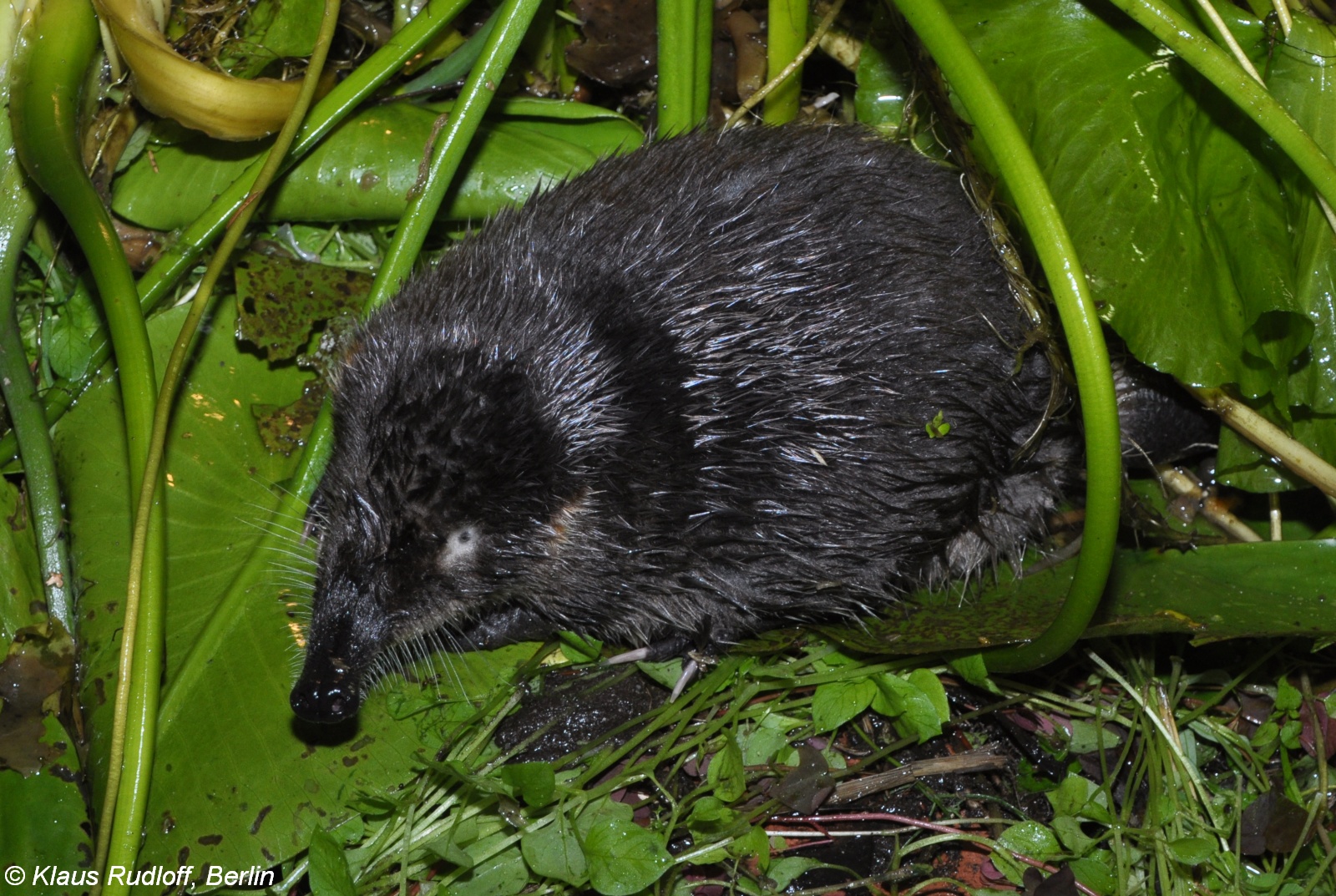
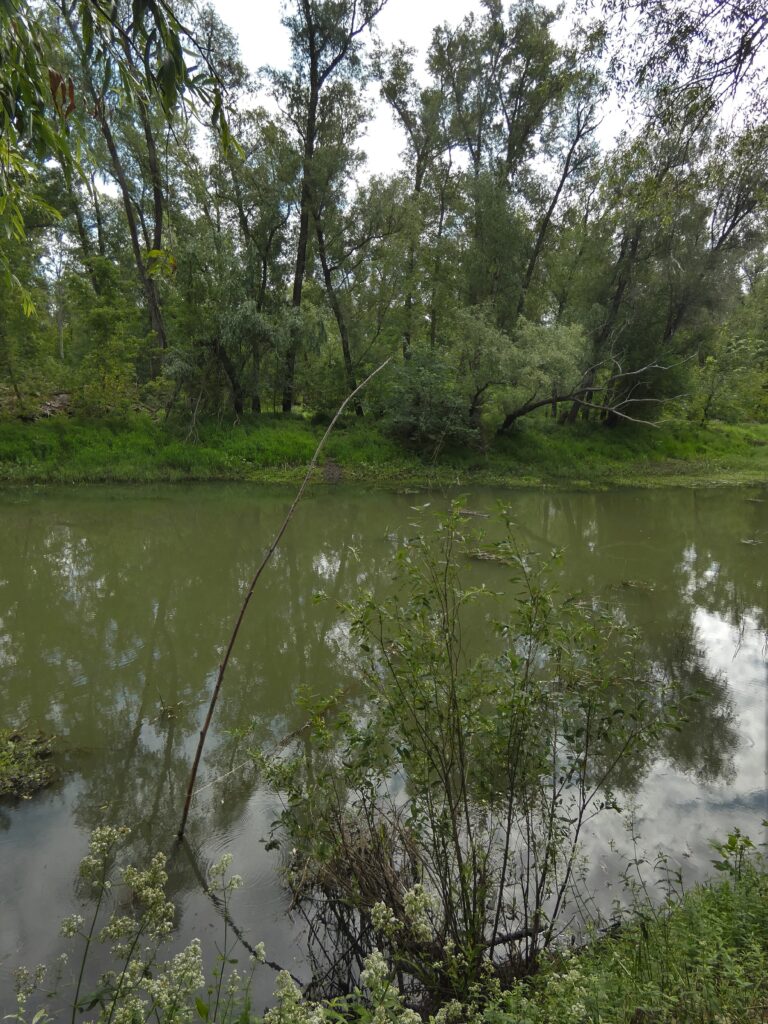
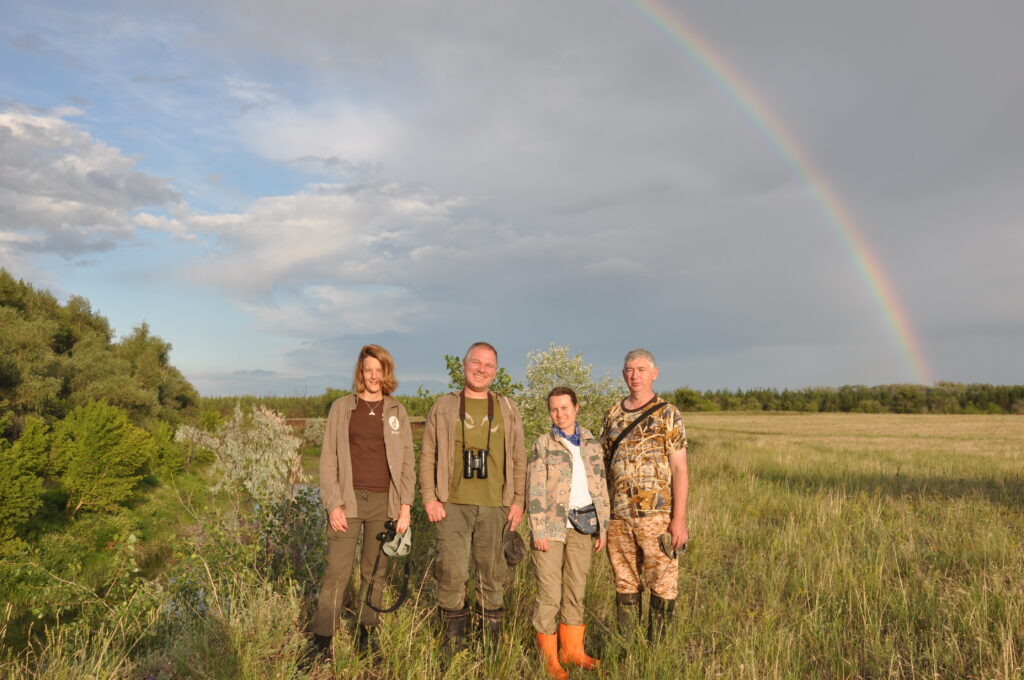
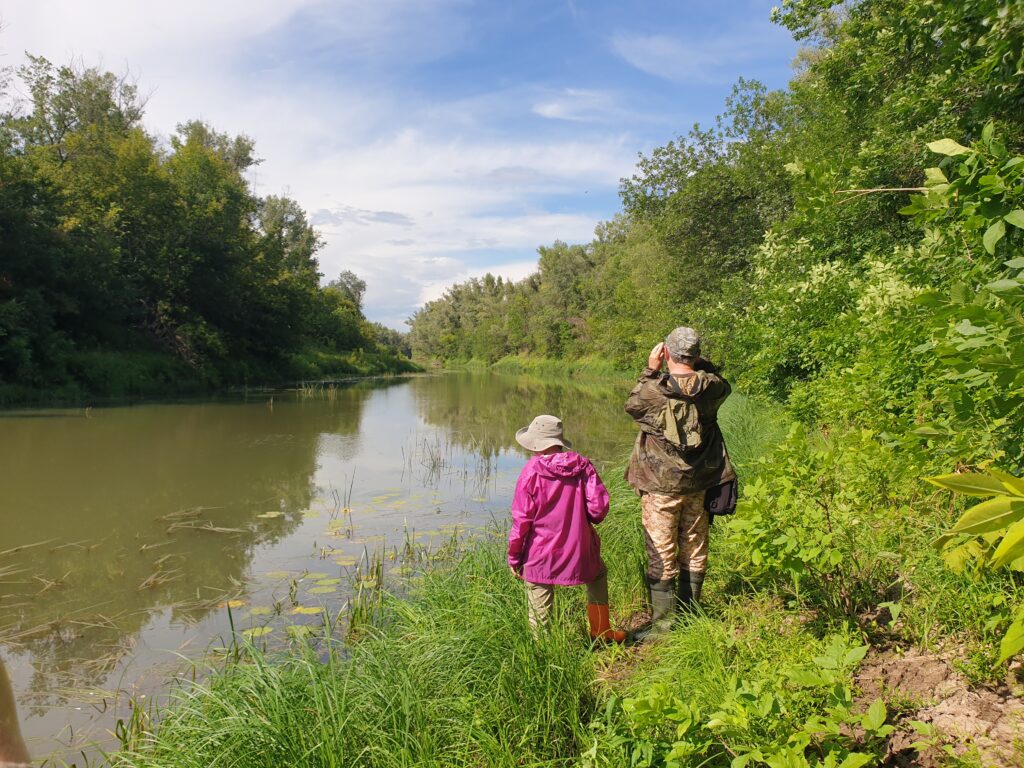
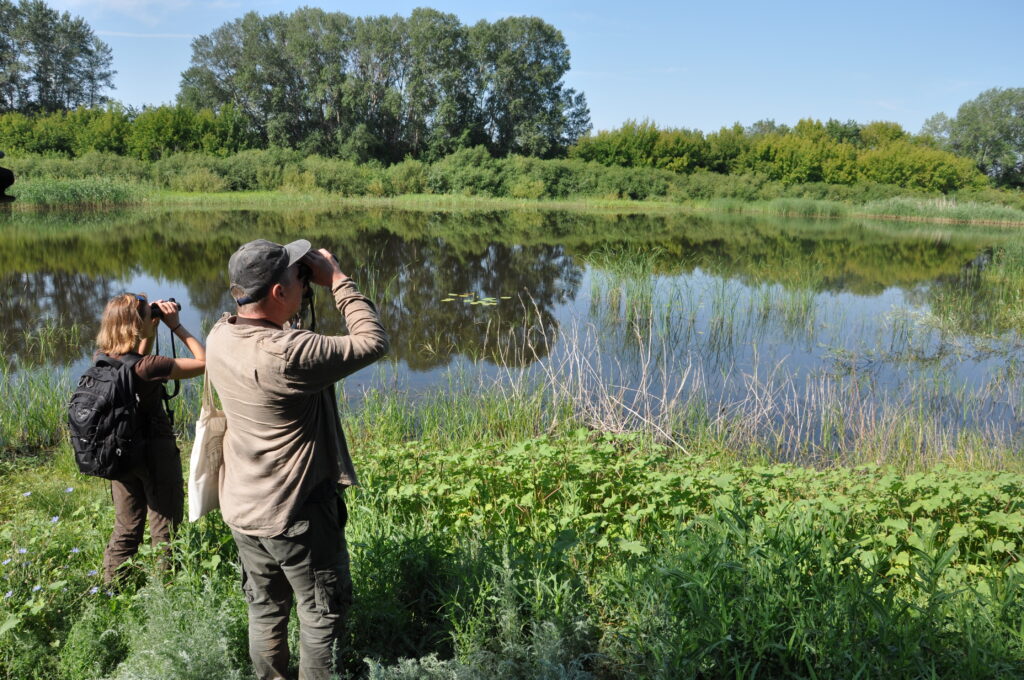
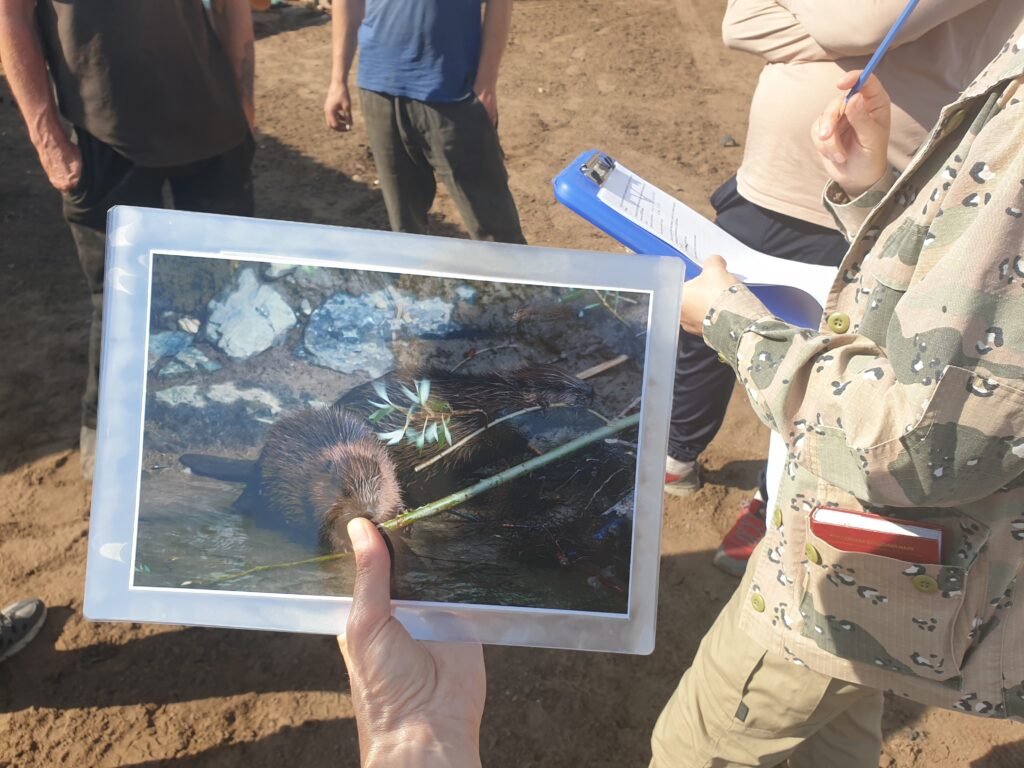

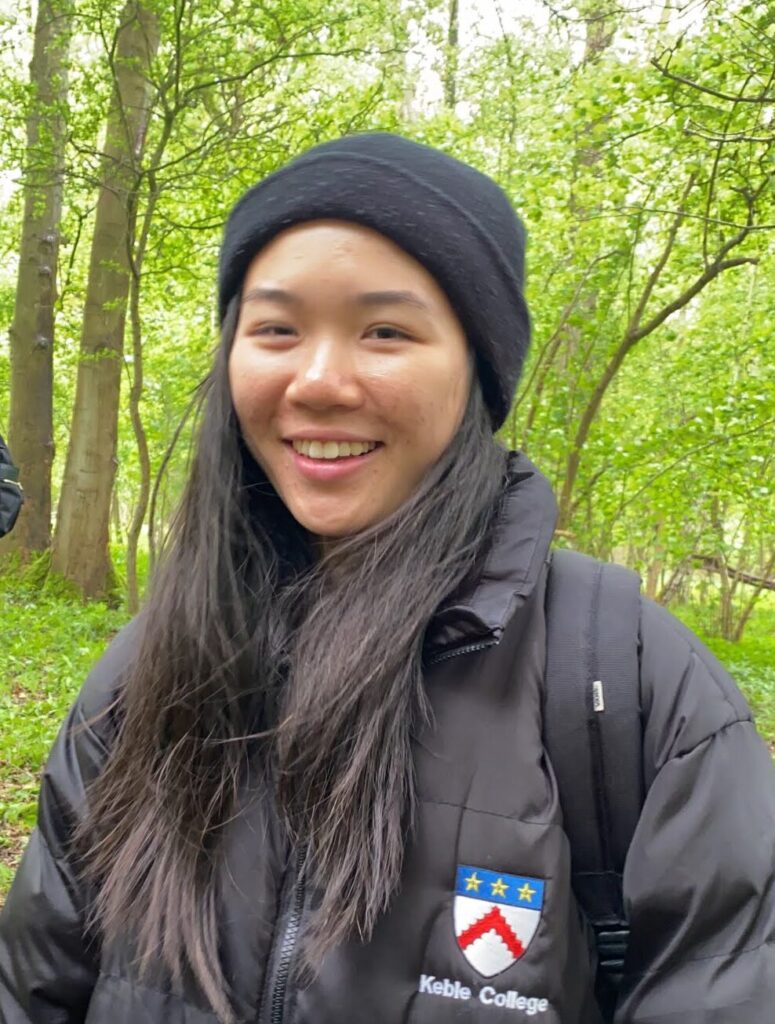
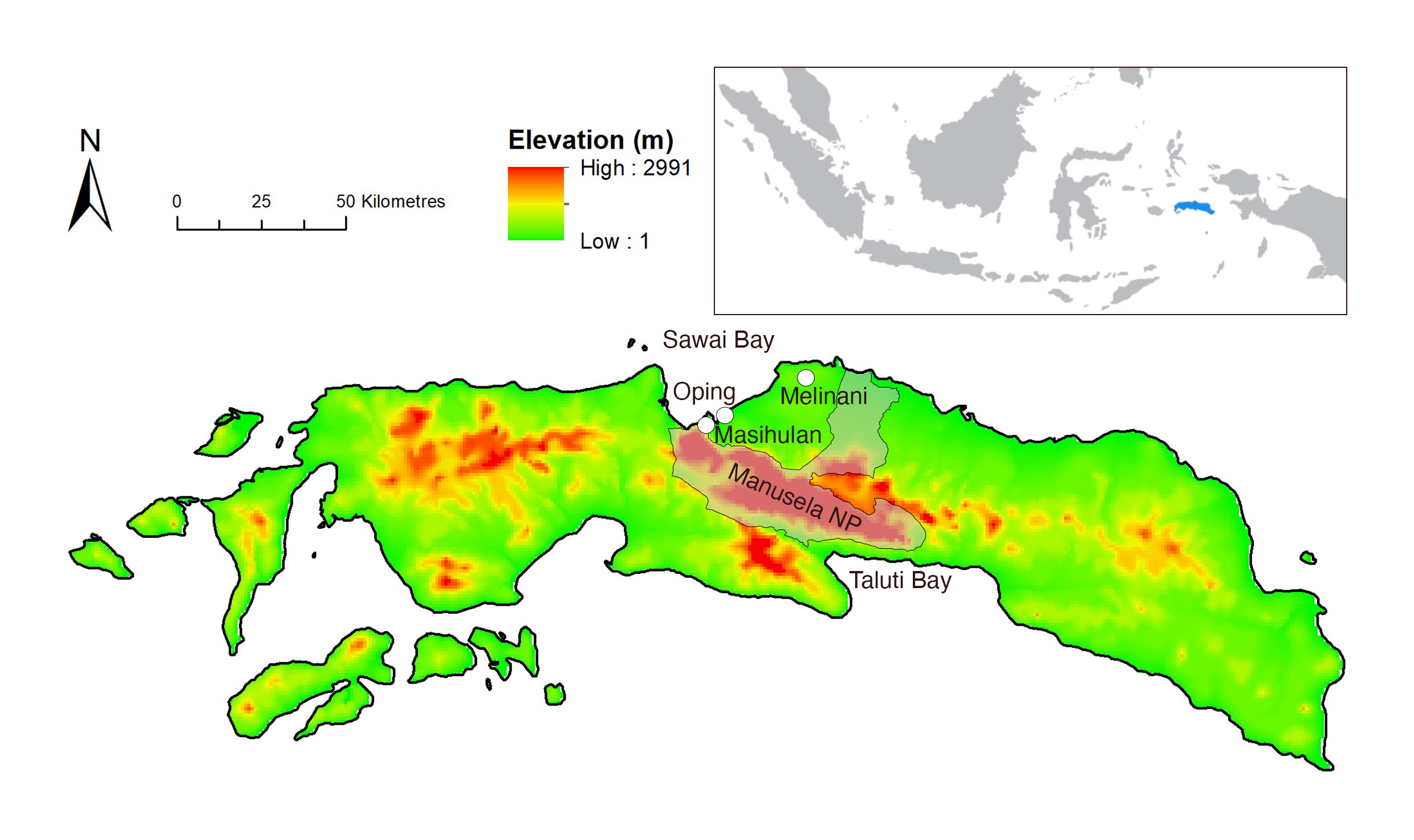
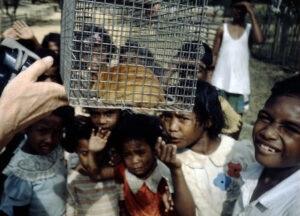
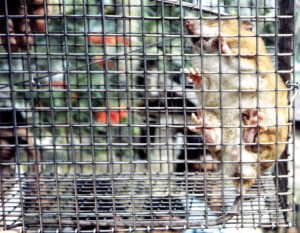
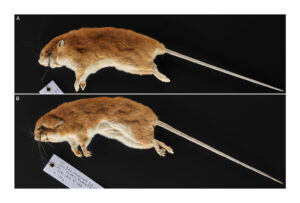
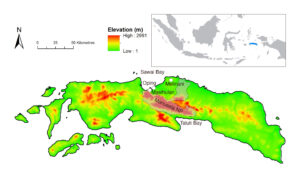
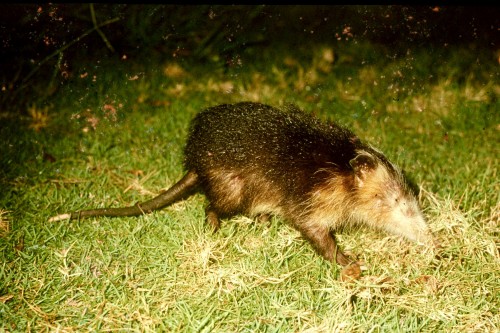




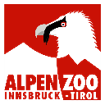
Recent Comments